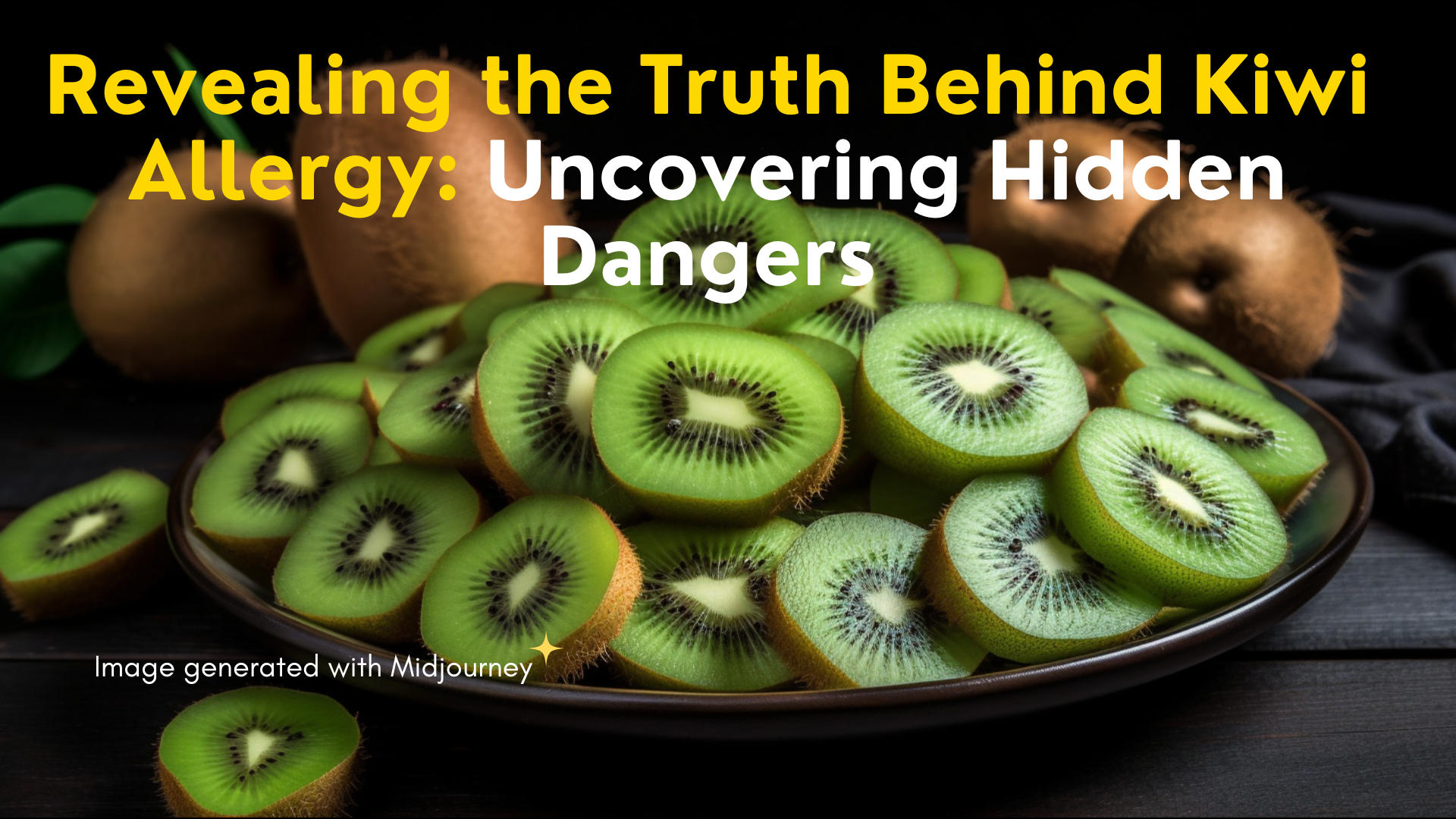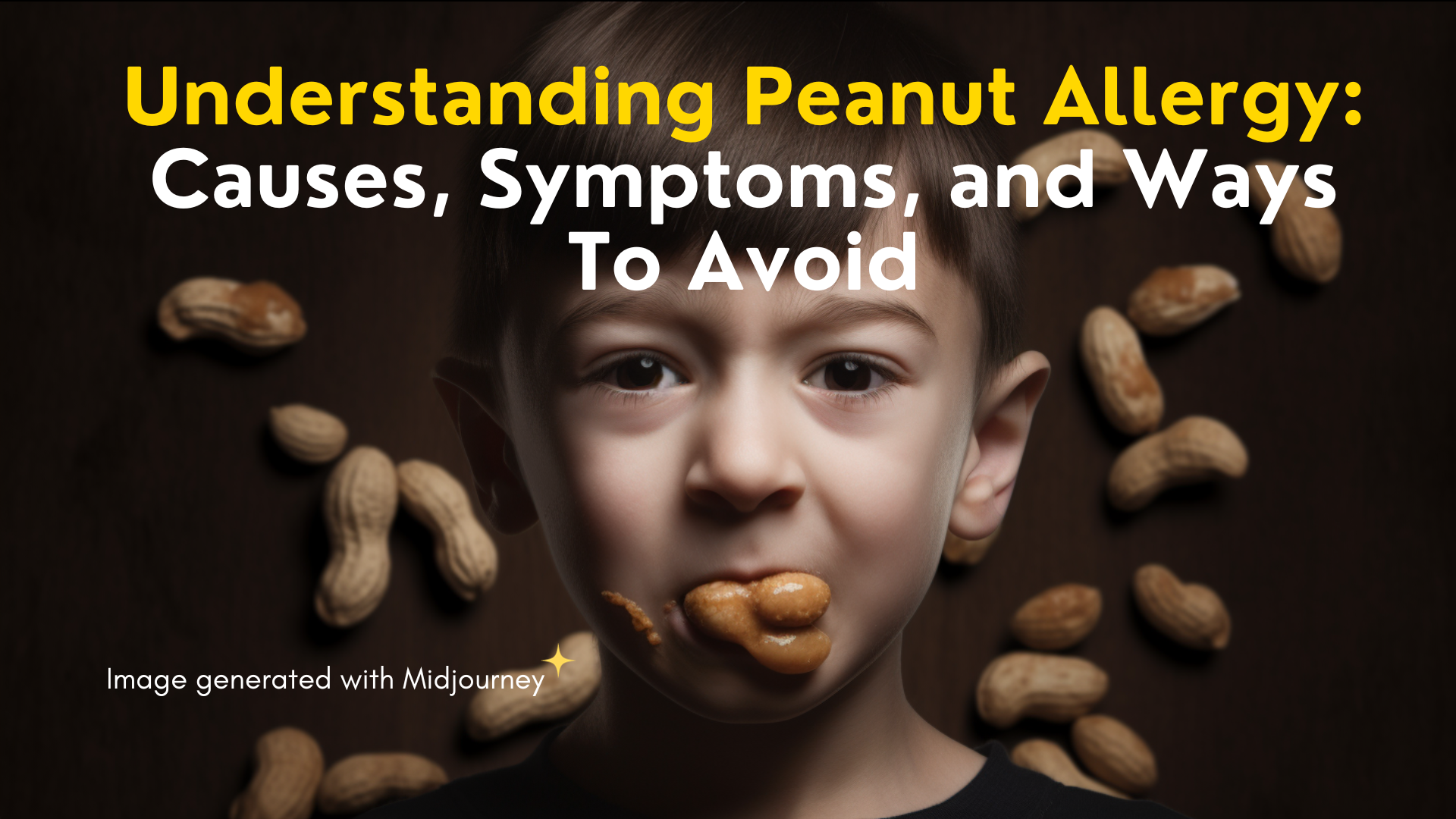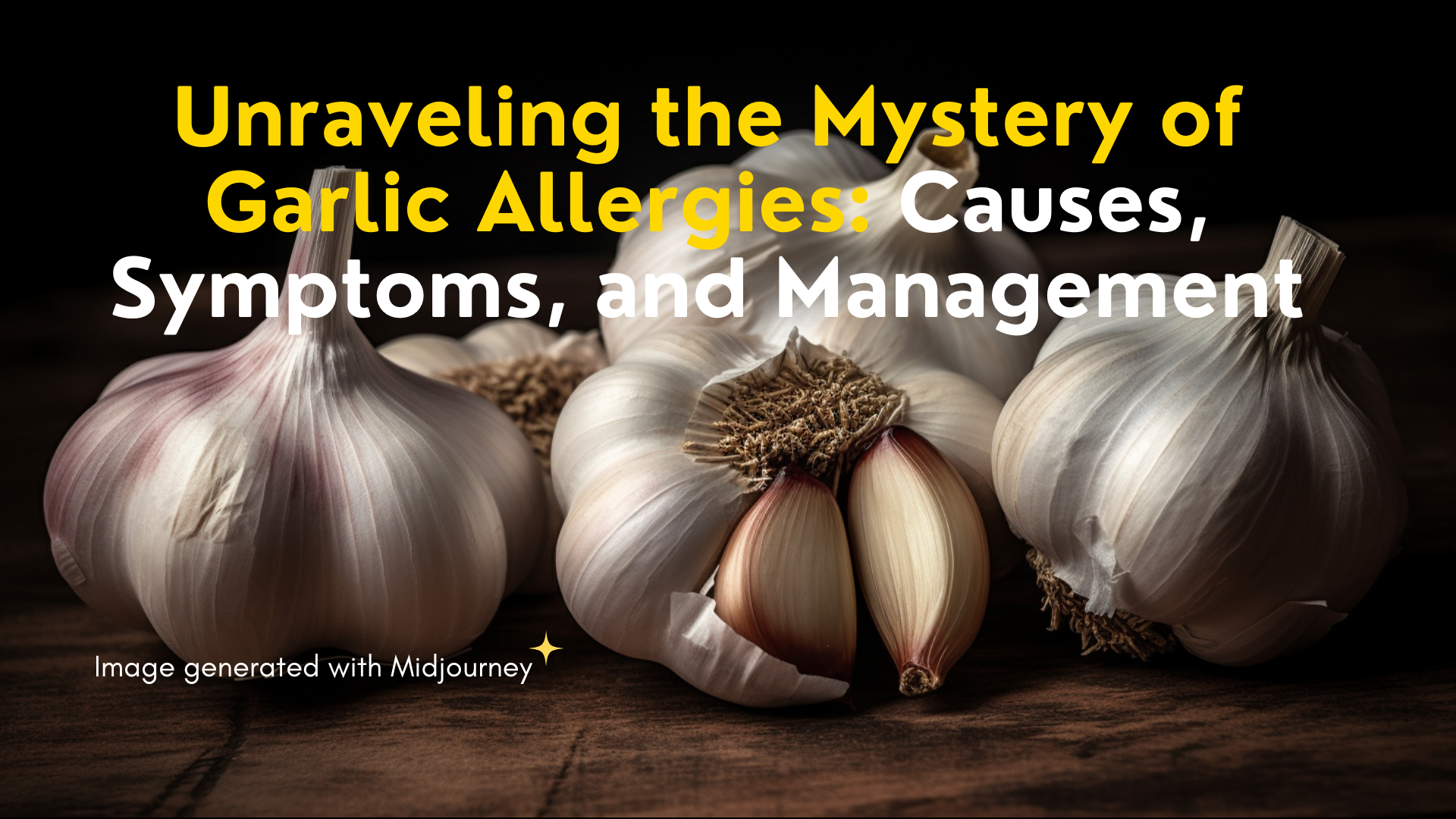Published Date January 24, 2003
Unmasking Kiwi Allergy and the hidden dangers
By Team Ariso
4 min read
Last update date: January 24, 2003

Allergies can significantly impact one's health, and kiwi allergy is one such condition. Kiwi, a popular fruit known for its vibrant green flesh and distinctive flavour, can trigger allergic reactions in susceptible individuals. In this blog, we will explore kiwi allergy, its triggers and cross-reactions, effective management strategies, and the testing process for kiwi allergy in infants.
What is Kiwi Allergy?
Kiwi, also known as Chinese gooseberry, is increasingly recognized as a common allergen worldwide. Kiwi allergy is an immune system response triggered by the proteins present in the fruit. It falls under the category of food allergies. When someone with a kiwi allergy consumes or comes into contact with kiwi, their immune system perceives specific proteins in the fruit as harmful and releases chemicals like histamines.
This immune response leads to allergic symptoms. Kiwi allergy can range from mild to severe and affect individuals of all ages.
There are two main types of allergic reactions associated with kiwi:
- Standard food allergy: This type of allergy can cause symptoms such as abdominal discomfort, rash, and breathing difficulties.
2. Oral allergy syndrome (OAS): Also known as pollen-food allergy syndrome (PFAS), OAS occurs when the body mistakenly identifies certain foods, including kiwi, as pollen. This can result in a mild allergic reaction characterized by itching in the mouth, lips, tongue, or throat, as well as temporary swelling in these areas. [1][2]
Triggers and Cross-Reactions of Kiwi Allergy
Kiwi allergy involves sensitivity to 13 different types of allergens found in the fruit. This means that if you have a kiwi allergy, you may also be allergic to other substances, resulting in what is known as cross-reaction.
Cross-reactions occur when the immune system recognizes similar proteins in different substances and triggers an allergic response. In the case of kiwi allergy, cross-reactions can occur with various foods and environmental allergens. Here are some common triggers and cross-reactions associated with kiwi allergy:
- Pollen Allergies: People who have allergies to certain pollens, such as birch pollen, may experience cross-reactivity with kiwi. This is because both the pollen and kiwi contain similar proteins that can trigger an allergic response.
- Latex Allergy: Individuals with latex allergies are also at a higher risk of developing a kiwi allergy. Certain proteins present in kiwi are structurally similar to latex proteins, leading to cross-reactivity.
- Other Fruits: Cross-reactions can occur with other fruits too like bananas, avocados, and pineapple. These fruits share proteins with kiwi, which can elicit an allergic response in individuals with kiwi allergies.
It is important to be aware of these cross-reactions, as they can cause symptoms similar to those experienced with kiwi allergy. If you have a kiwi allergy, it is advisable to exercise caution when consuming these cross-reactive foods and consult with an allergist or immunologist for appropriate guidance. [3]
Managing Kiwi Allergy
When it comes to managing OAS or a true kiwi allergy, the best strategy is to avoid kiwi and any other substances that may cause cross-reactions. Reading ingredient labels is crucial, as kiwi is a common ingredient in various products. When dining out, inform your server about any additional food allergies you have. It's important to note that cooking or heating the food may sometimes reduce or eliminate the chemicals that cause OAS symptoms.
To test for kiwi allergy in infants, the most common method is a skin prick test. This test can be performed on newborns as young as one month old. During a skin prick test, a diluted form of the allergen is pricked onto the top layer of the skin to observe if it triggers an immune reaction. This test is painless and helps determine the presence of an allergy.
Managing kiwi allergy involves a combination of avoidance and appropriate management of allergic reactions. Here are some strategies to effectively manage kiwi allergy:
- Avoidance: Be diligent in reading food labels and avoiding foods that contain kiwi or kiwi-derived ingredients. Exercise caution when eating out and make sure to inform restaurant staff about your allergy.
- Cross-Reactivity: If you have known cross-reactivity with other fruits or latex, it may be necessary to avoid those as well.
- Medications: In case of accidental exposure or mild allergic reactions, over-the-counter antihistamines can help alleviate symptoms.
- Emergency Preparedness: If you have a history of severe allergic reactions, it is important to carry an epinephrine auto-injector, such as an EpiPen, with you at all times. Additionally, make sure to educate your family, friends, and coworkers on how to use it in case of an emergency.
It is always advisable to consult with an allergist or immunologist for personalized advice and guidance in managing kiwi allergy effectively. [4]
Testing for Kiwi Allergy in Infants
The most common approach for testing kiwi allergy, including in infants, is the skin prick test. This procedure can be conducted on newborns as young as one month old. During the test, a diluted kiwi allergen is applied to the top layer of the skin, typically on the forearm or back.
A gentle prick is made to allow the allergen to enter the skin. If an immunological reaction occurs, characterized by the appearance of a raised bump surrounded by redness (wheal), it indicates a positive allergic response. The skin prick test is a painless and reliable method for determining the presence of kiwi allergy.
Other testing methods for kiwi allergy may include:
- Blood Test: A sample of blood is taken to measure the levels of specific IgE antibodies associated with kiwi proteins. Elevated antibody levels indicate an allergic reaction.
- Oral Food Challenge: This test is performed under the supervision of an allergist in a controlled environment with access to emergency medical support. Increasing amounts of kiwi are consumed gradually to observe any allergic reactions.
These testing methods ensure specialized care and attention when diagnosing kiwi allergy, particularly in infants, to accurately identify and manage allergic reactions. [5]
Conclusion
Kiwi allergy can significantly impact people allergic to it, and thus understanding the condition is vital for effective management. By identifying triggers, practising avoidance measures, and seeking proper testing and medical guidance, individuals with kiwi allergies can lead safe and healthy life. If you suspect a kiwi allergy, consult with an allergist to receive personalized advice and support. Remember, knowledge and preparedness are key to managing kiwi allergy effectively.
References
- https://www.medicalnewstoday.com/articles/317776
- https://www.verywellhealth.com/taking-your-kiwi-allergy-seriously-3576839
- https://www.verywellhealth.com/taking-your-kiwi-allergy-seriously-3576839
- https://www.thermofisher.com/allergy/wo/en/allergen-fact-sheets.html?allergen=kiwi
- https://acaai.org/allergies/testing-diagnosis/
Keep reading

Cracking the Peanut Allergy Puzzle
By Naurin Ansari

Decrypting the Egg Allergy Mystery
By Naurin Ansari

Wheat Allergy and Debunking the Wheat-Gluten Myth
By Naurin Ansari

Garlic Allergy: Signs and Symptoms
By Team Ariso
Choose Healthy With Us.
Know the real truth about your food. Stay informed and healthy, for free.

Download the App Now
Certified nutritionists trust our food recommendations. Safe to say, so can you :)










